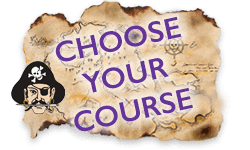
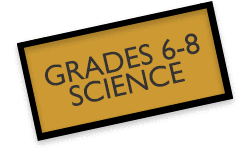

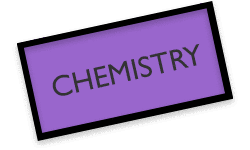
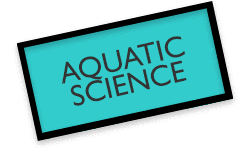
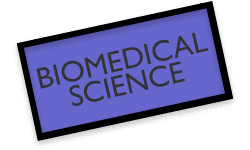
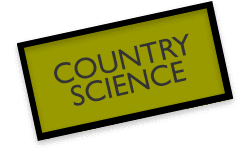
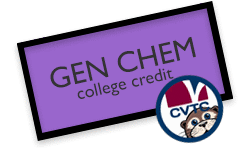
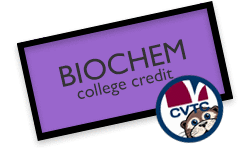


Welcome to Biomedical Science! Biomedical science combines the fields of biology and medicine in order to take a deep dive into the health of humans and animals. Examples of biomedical career areas include medicine, dentistry, physical therapy, veterinary medicine, nursing, chiropractic medicine, etc. [close]
NOTE: This course will not be offered during the 2024-2025 school year. Be sure to sign up during the 2025-2026 school year.
About Biomedical Sci: Learning Tools | Course Description & Competencies | School Supply List
The 2025-2026 Syllabus will tell you what you need to know to be successful.
FYI, a link will be provided prior to course start.
Our Assignment Board is where you can find our calendar of learning events.
FYI, this course will not be found on the Assignment Board during the 2024-2025 school year.
We will be using Google Classroom as our Learning Management System (LMS). It will help us to organize our lesson details and e-materials.[top]
Course Description & Competencies
Course Description
BIOMEDICAL SCIENCE
Credit: 0.5 GHS Credit
Grade level: 11-12
Prerequisite: Biology, Chemistry recommended
Length: one semester
This course will explore introductory science concepts and practices utilized by biomedical professionals. Topics may include basic biology and biochemistry, human physiology, genetics, nutrition, microbiology, and medicine. Real-world examples (e.g., disease, sport injury) will serve as the context for growth in understanding of the structures and interactions of human body systems, as well as illness/injury prevention, diagnosis, and treatment. Research processes will be emphasized in order to allow for medical investigation problem solving.
Course Competencies
Upon successful completion of this course, students will tentatively be able to satisfy the following Wisconsin Standards for Science Disciplinary Core Ideas. (NOTE: Engineering, Technology, and the Application of Science DCI will also be covered, but are not listed in detail.)
- Standard SCI.LS1: Students use science and engineering practices, crosscutting concepts, and an understanding of structures and processes (on a scale from molecules to organisms) to make sense of phenomena and solve problems.
- SCI.LS1.A.h, Structure and Function
Systems of specialized cells within organisms help perform essential functions of life. Any one system in an organism is made up of numerous parts. Feedback mechanisms maintain an organism’s internal conditions within certain limits and mediate behaviors.
- SCI.LS1.B.h, Growth and Development of Organisms
Growth and division of cells in organisms occurs by mitosis and differentiation for specific cell types.- SCI.LS1.C.h, Organization for Matter and Energy Flow in Organisms
The molecules produced through photosynthesis are used to make amino acids and other molecules that can be assembled into proteins or DNA. Through cellular respiration, matter and energy flow through different organizational levels of an organism as elements are recombined to form different products and transfer energy.- SCI.LS1.D.h, Information Processing
Organisms can process and store a variety of information through specific chemicals and interconnected networks.
- Standard SCI.LS3: Students use science and engineering practices, crosscutting concepts, and an understanding of heredity to make sense of phenomena and solve problems.
- SCI.LS3.A.h, Inheritance of Traits
DNA carries instructions for forming species’ characteristics. Each cell in an organism has the same genetic content, but genes expressed by cells can differ.- SCI.LS3.B.h, Variation of Traits
The variation and distribution of traits in a population depend on genetic and environmental factors. Genetic variation can result from mutations caused by environmental factors or errors in DNA replication, or from chromosomes swapping sections during meiosis.[top]
- Provided by Student:
- one college ruled composition-style notebook
- pencils
- Full Classroom Set Provided by Teacher:
- markers
- colored pencils
- scissors
- glue
- Partial Classroom Set Provided by Teacher:
- scientific calculator, similar to TI-30Xa
[top]
GO PIRATES!
Gilman Middle/High School
325 N Fifth Ave
Gilman, WI 54433